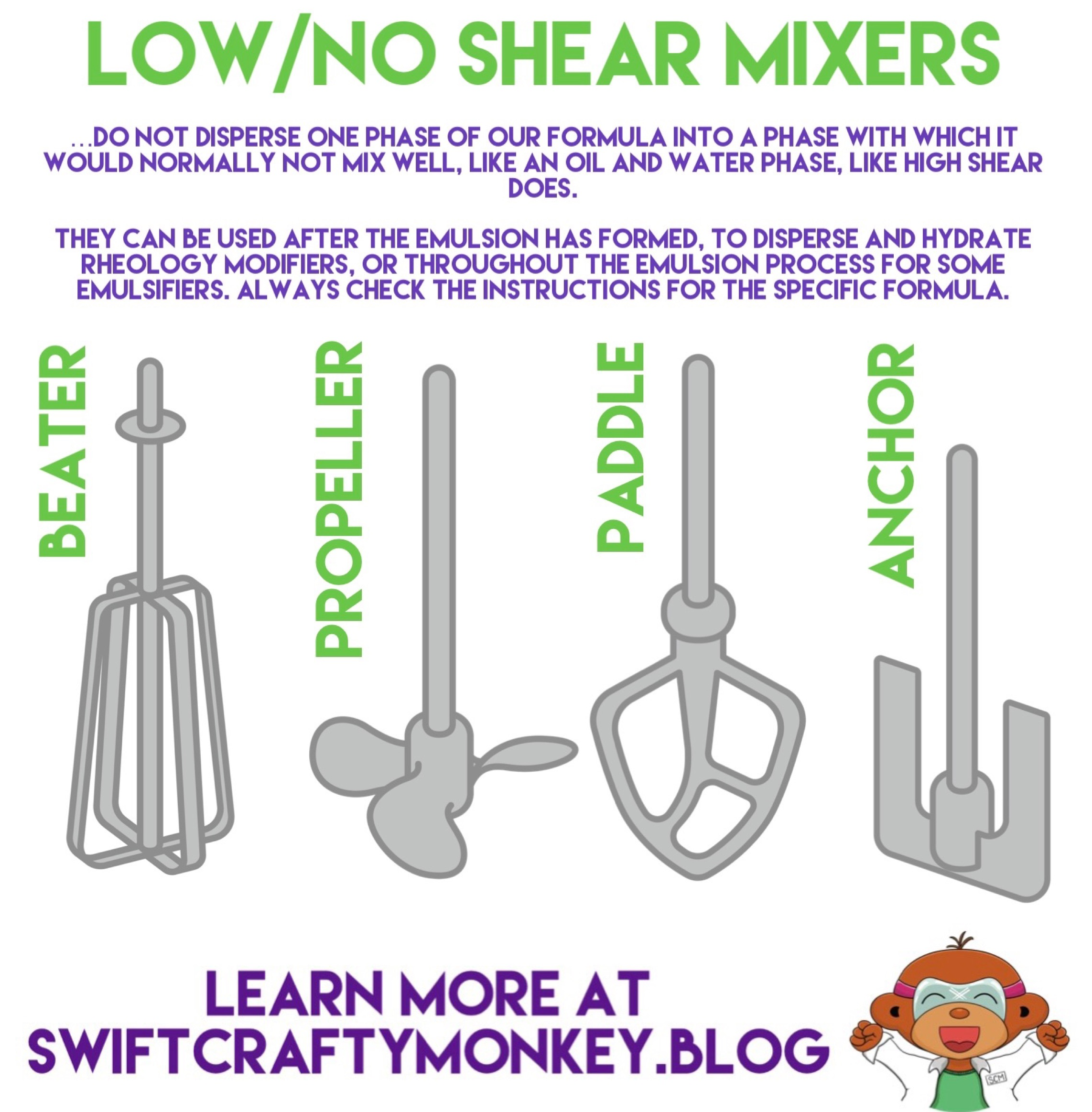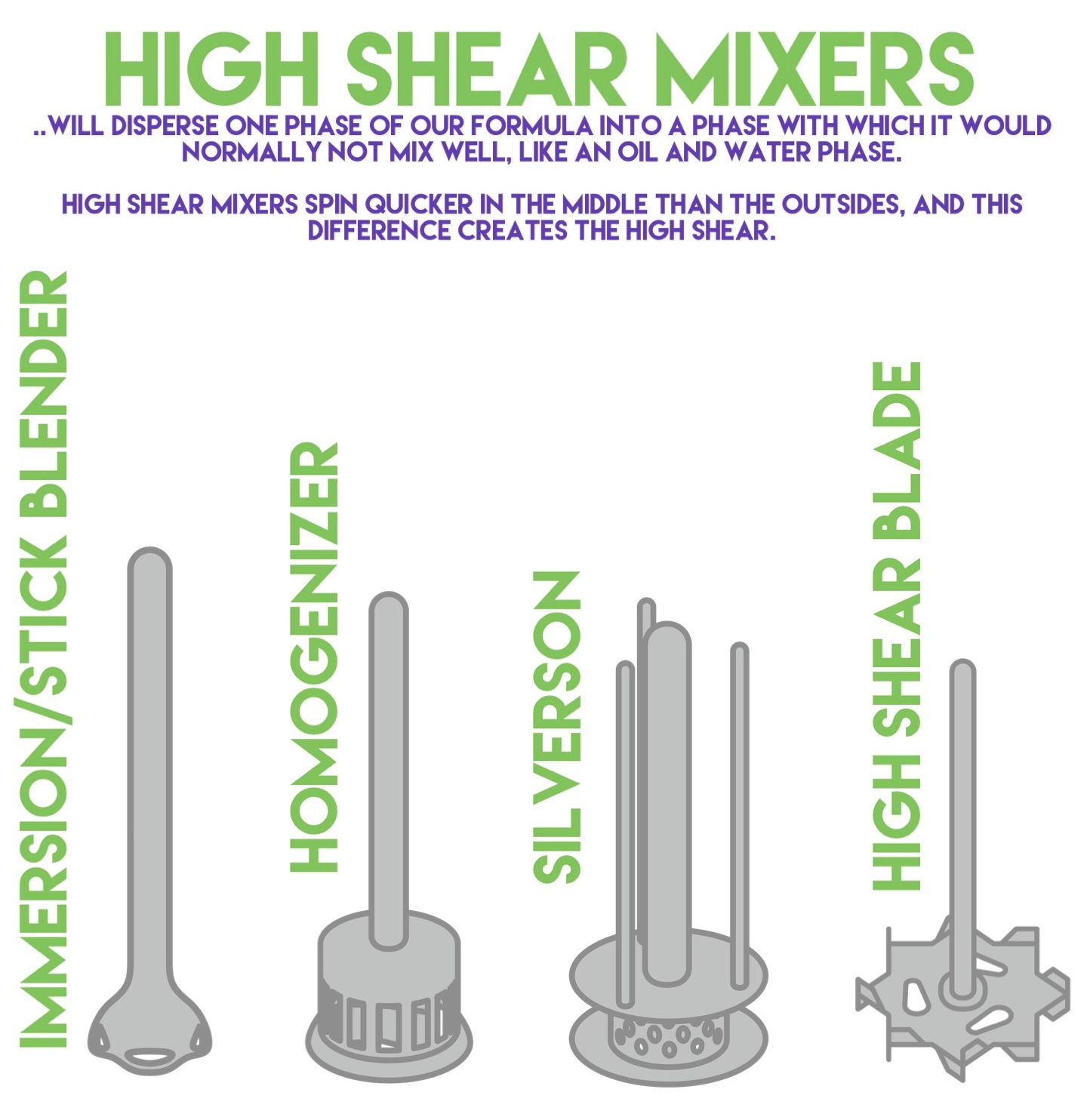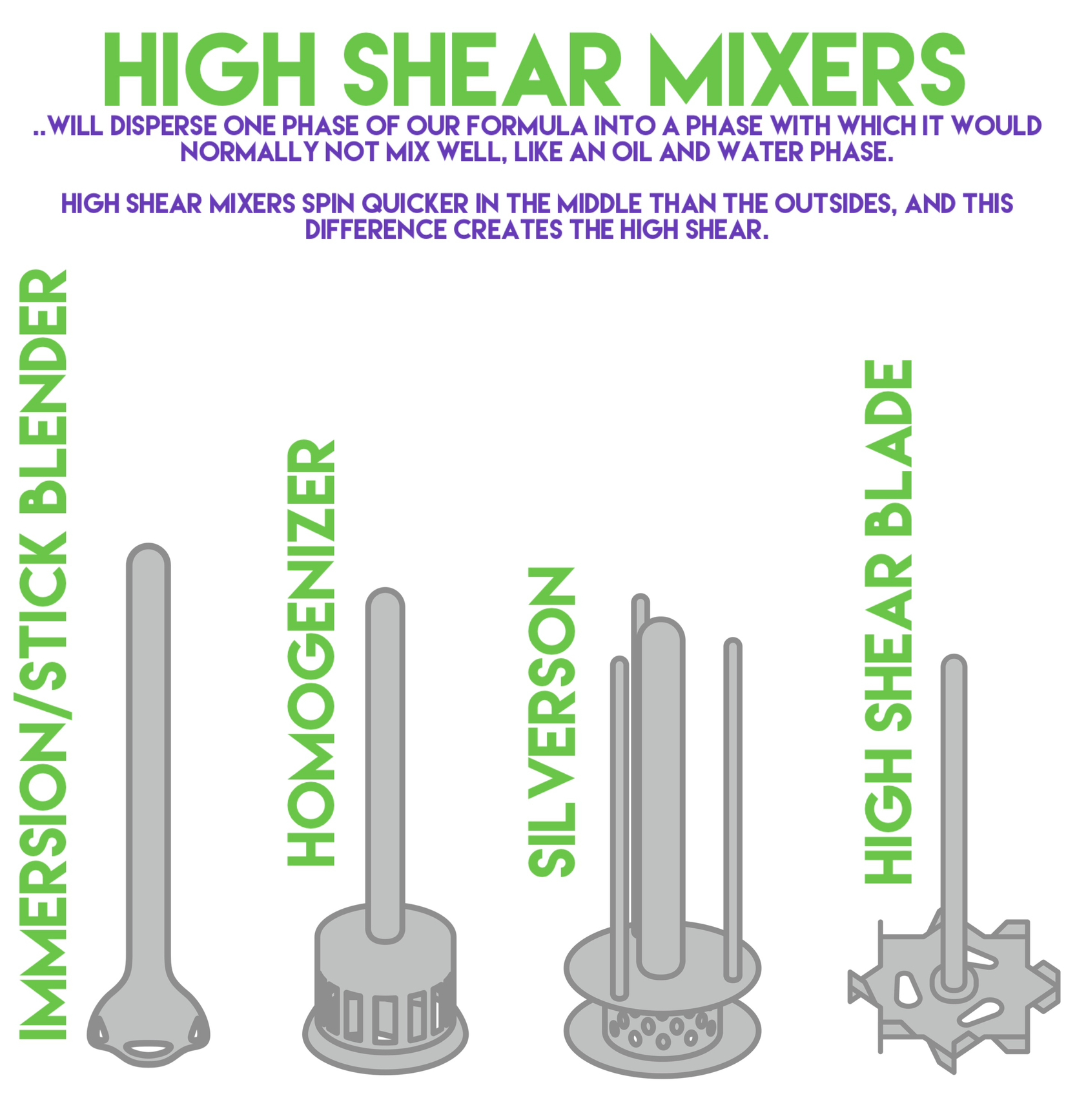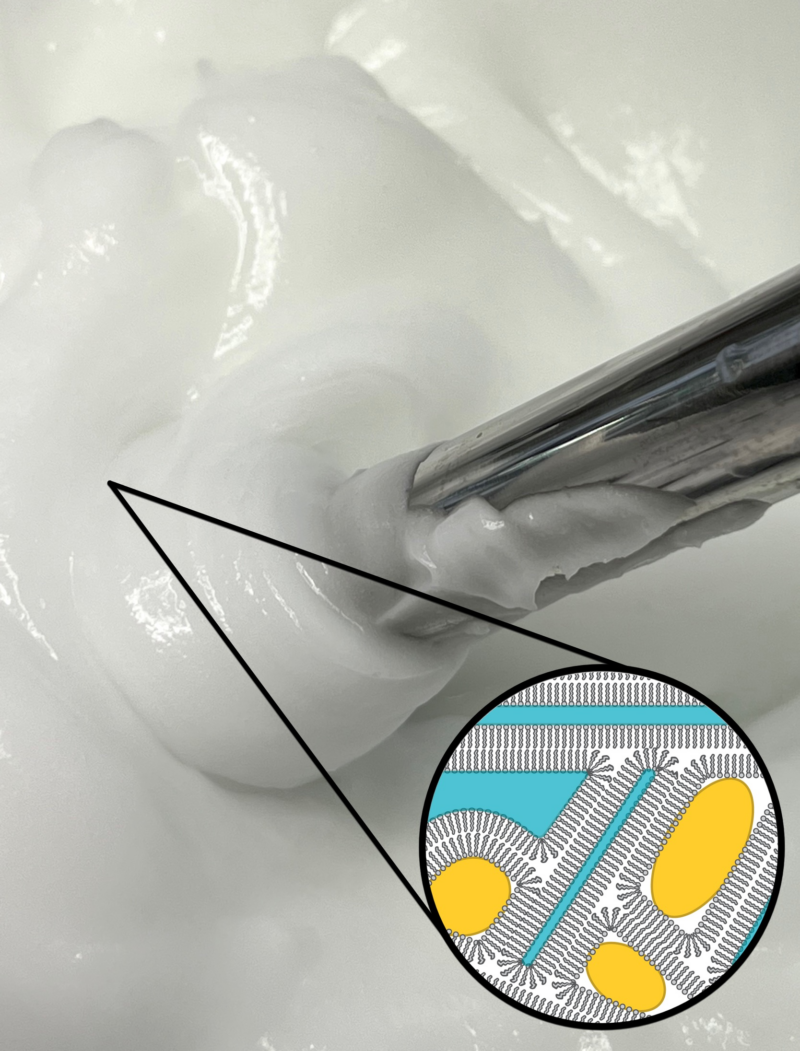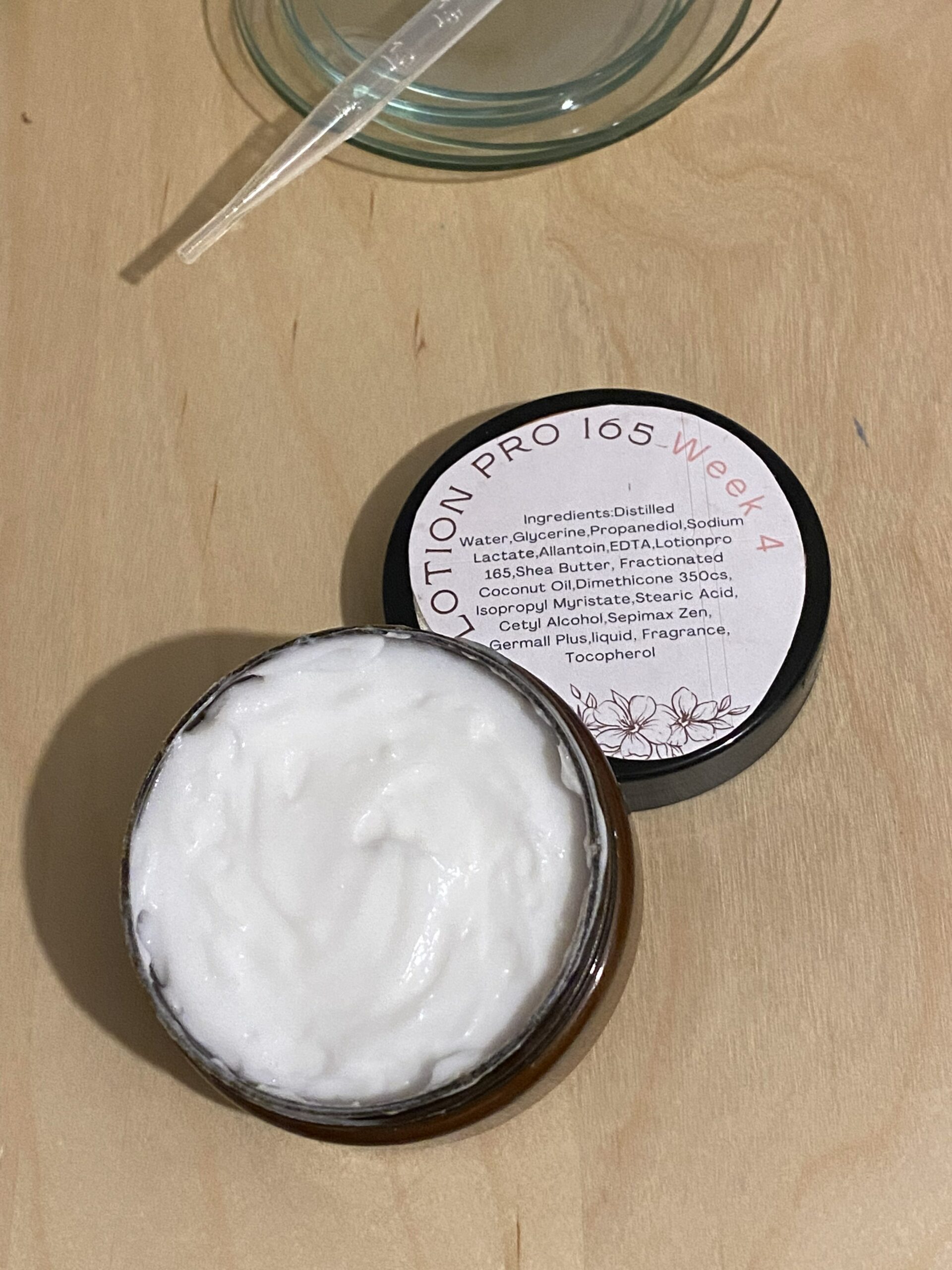Infographic: Low to no shear mixers!
An infographic on low to no shear mixers! These are ones we use to mix things for a longer period of time, like when we’re making oily gels or after an emulsion has formed and we want to hydrate the rheology modifier or add the cool down phase. As you can see in the graphic,...

